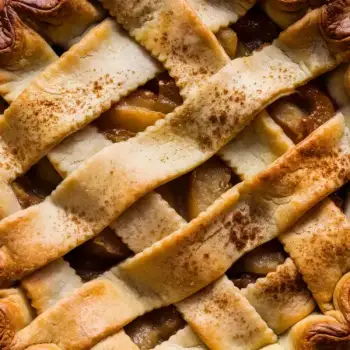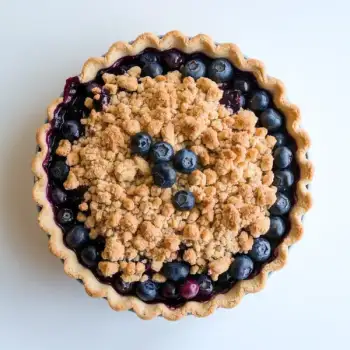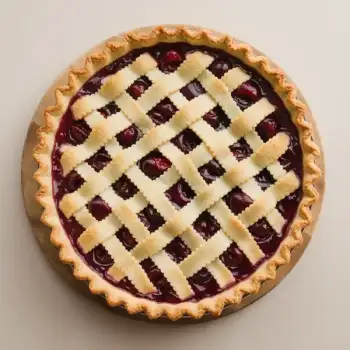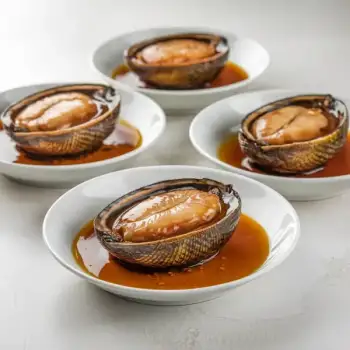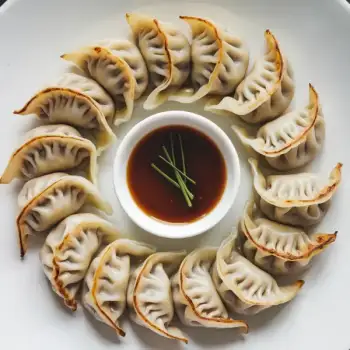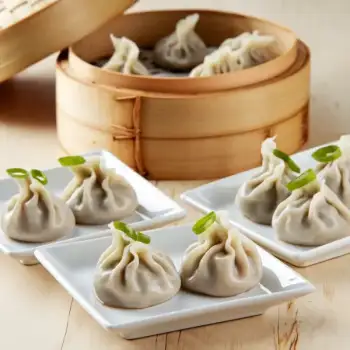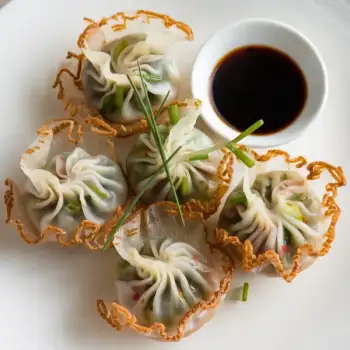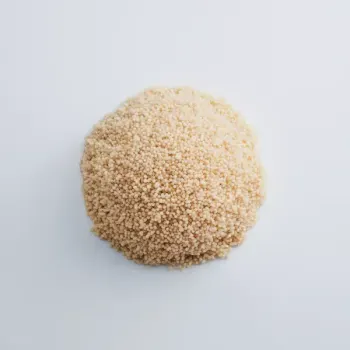


Tapioca Flakes
Thin, flat flakes that dissolve easily, used to thicken soups, sauces, and pie fillings without altering flavor.
Tapioca Pearls
Small, round balls made from tapioca starch, commonly used in bubble tea and puddings.
Granulated Tapioca
Small, coarse granules of tapioca, used as a thickener for pies and soups, similar to pearl tapioca but with a quicker cooking time.
Tapioca Flour/Starch
A fine, white powder made from the starch of the cassava root, used as a thickening agent in cooking and baking.




tapioca flakes: Let's Do Organic
tapioca pearls: WuFuYuan
granulated tapioca: Kraft Minute Tapioca
tapioca flour/starch: Bob's Red Mill

Baking: In baking, tapioca starch helps create a crisp crust and chewy texture in breads and pies. It's often combined with other gluten-free flours to improve the structure of gluten-free baked goods.
Binding: Tapioca starch can act as a binder in meatballs, burgers, and vegan patties, helping to hold the ingredients together and improve the texture of the final product.
Thickening: Tapioca starch is commonly used as a thickener for sauces, gravies, and soups. It provides a clear, shiny finish without altering the flavor of the dish. It's also freeze-thaw stable, making it suitable for frozen foods and desserts.




